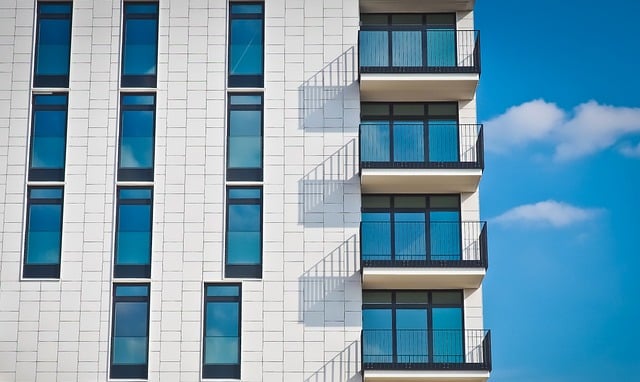
Introduction
With the pressing need to address environmental concerns and optimize energy usage, advancements in energy-efficient multi-family construction are revolutionizing the real estate industry. Smart and sustainable building practices are reshaping the way multi-family developments are designed, constructed, and operated. In this article, Richard Zahn will explore the cutting-edge technologies and strategies that are making multi-family construction smarter and more environmentally friendly.
1. Passive Design and Energy-Efficient Materials
Energy-efficient multi-family construction starts with thoughtful passive design principles. Architects and developers carefully consider factors like building orientation, window placement, and insulation to maximize natural light and thermal comfort while minimizing energy consumption. Additionally, the use of energy-efficient building materials, such as insulated concrete forms, high-performance windows, and advanced insulation, further reduces heat loss and contributes to overall energy savings.
2. Smart Energy Management Systems
The integration of smart energy management systems is a hallmark of modern multi-family developments. These systems utilize Internet of Things (IoT) technology to optimize energy usage. Automated lighting and HVAC controls, occupancy sensors, and smart thermostats ensure that energy is only used when necessary, reducing wastage and cutting down utility costs.
3. Renewable Energy Integration
To further enhance sustainability, multi-family constructions increasingly incorporate renewable energy sources. Solar panels, wind turbines, and geothermal systems are harnessed to generate clean, on-site energy. By relying on renewable sources, these developments decrease reliance on fossil fuels and reduce greenhouse gas emissions, contributing to a greener and more sustainable future.
4. Energy-Efficient Appliances and Fixtures
Energy-efficient appliances and fixtures are now standard in many multi-family developments. High-efficiency HVAC systems, LED lighting, and water-saving plumbing fixtures not only conserve resources but also lead to long-term cost savings for both developers and residents. Energy Star-rated appliances and fixtures play a crucial role in achieving energy efficiency goals.
5. Green Building Certifications
Many energy-efficient multi-family constructions pursue green building certifications like LEED (Leadership in Energy and Environmental Design) or ENERGY STAR. These certifications provide independent verification of a development’s sustainable features and energy performance. Builders striving for these certifications demonstrate their commitment to environmental responsibility and gain recognition for their efforts.
6. Smart Metering and Resident Engagement
Innovative multi-family developments use smart metering technology to monitor energy consumption at the individual unit level. This data empowers residents to understand and control their energy usage, promoting conscious energy-saving behaviors. By engaging residents in sustainable practices, these developments create a culture of environmental responsibility and contribute to a collective effort toward energy efficiency.
Conclusion
Advancements in energy-efficient multi-family construction are driving the transformation of the real estate industry toward sustainability and environmental consciousness. Passive design principles, smart energy management systems, renewable energy integration, energy-efficient appliances, green building certifications, and resident engagement are shaping the future of multi-family developments. By adopting these smart and sustainable practices, developers not only create environmentally responsible living spaces but also contribute to the global effort to combat climate change. The quest for energy efficiency in multi-family construction is a testament to the industry’s commitment to building a greener, smarter, and more sustainable world for generations to come.